Phonics practice Phonics Worksheets for Ages 4-9
17 filtered results
-
From - To
Welcome to our Phonics Practice Worksheets for ages 4-9! Our engaging resources are designed to build essential reading skills through fun activities and interactive exercises. Perfect for young learners, these worksheets focus on mastering phonetic sounds, blending letters, and vowel recognition, laying the foundation for confident reading. Each worksheet comes with colorful illustrations and engaging tasks, making learning enjoyable and effective. Educators and parents will find our diverse range of worksheets suitable for various learning styles, ensuring that every child can thrive. Boost your child’s phonics skills today and inspire a lifelong love for reading with our comprehensive worksheets!
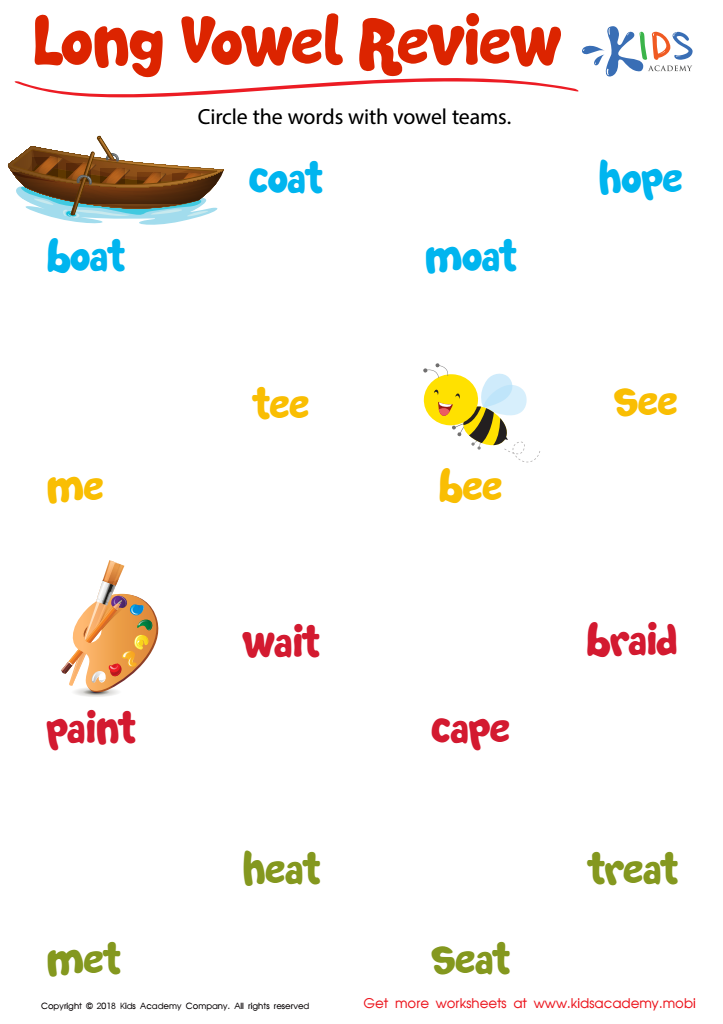

Long Vowel Review Worksheet
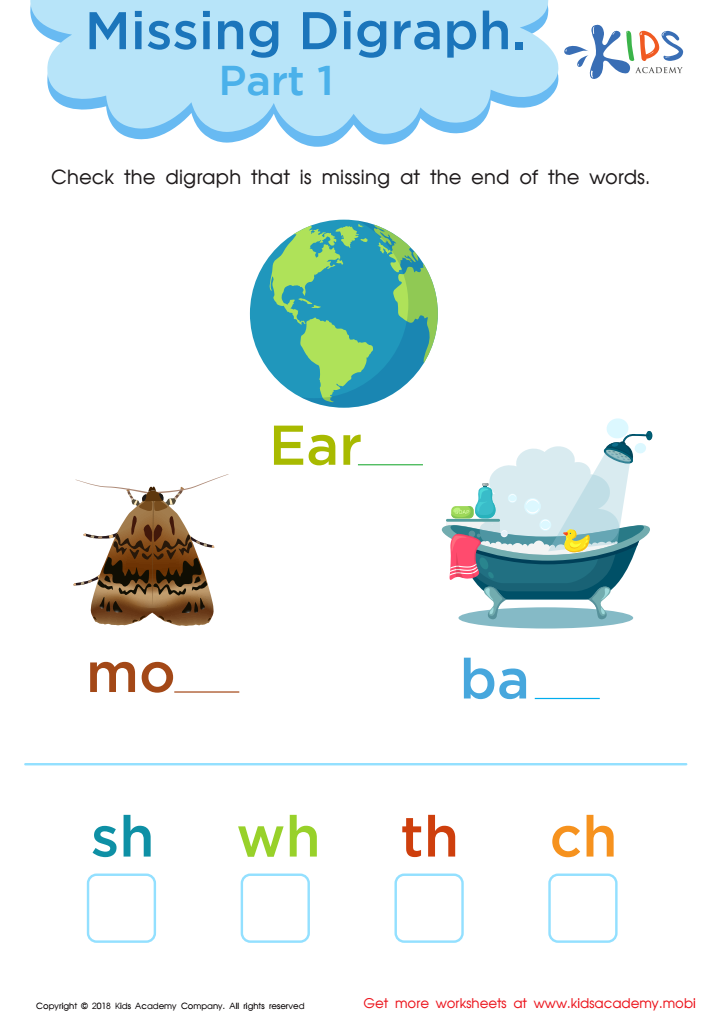

Missing Digraph: Part 1 Worksheet
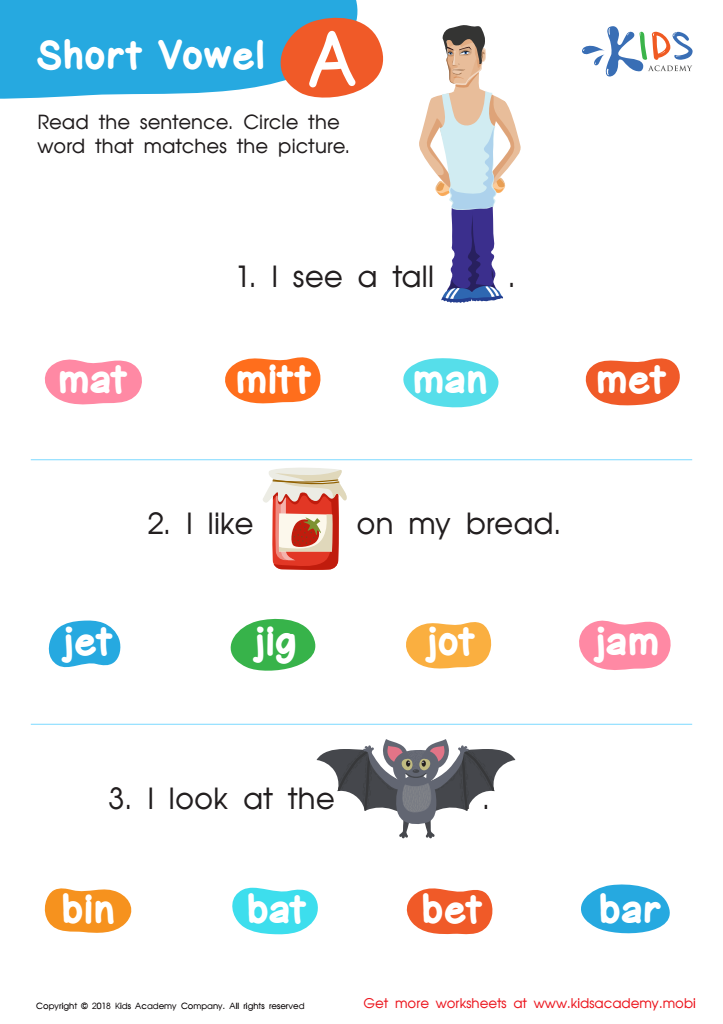

Short Vowel /a/ Worksheet
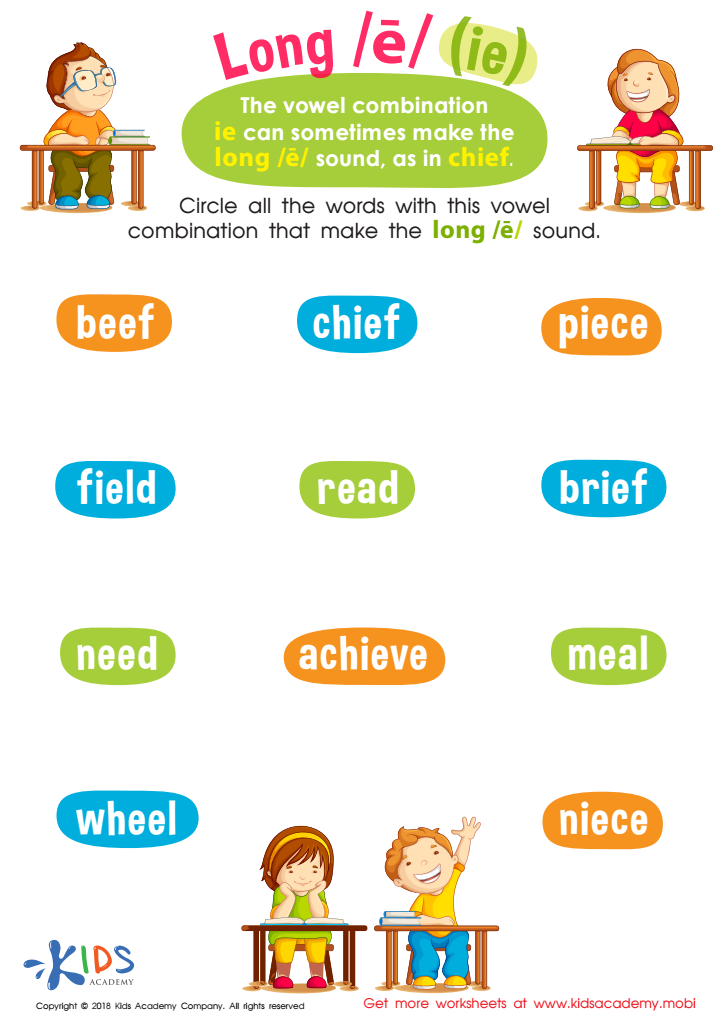

Reading: Long E and IE Worksheet


short vowels Worksheet
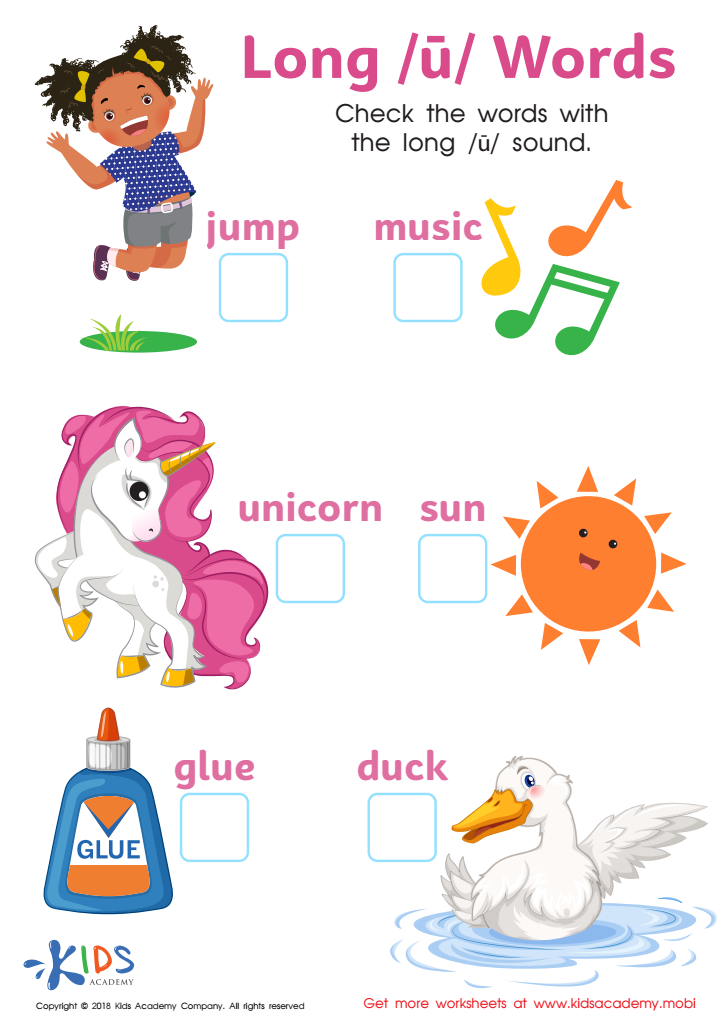

Long U Words Reading Worksheet
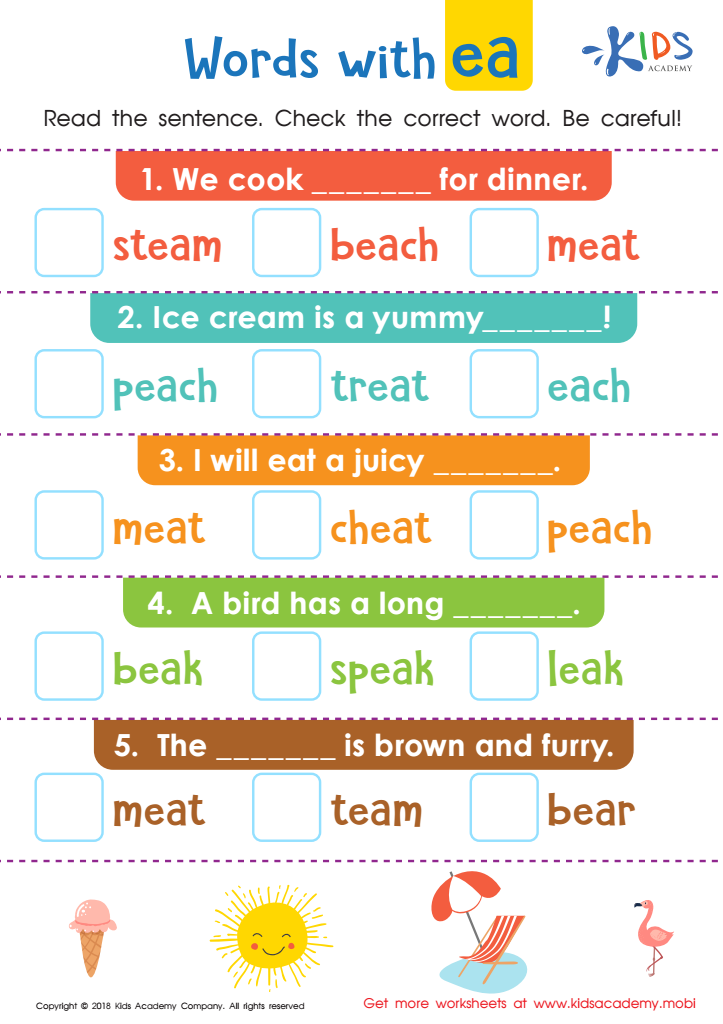

Words with ea Worksheet
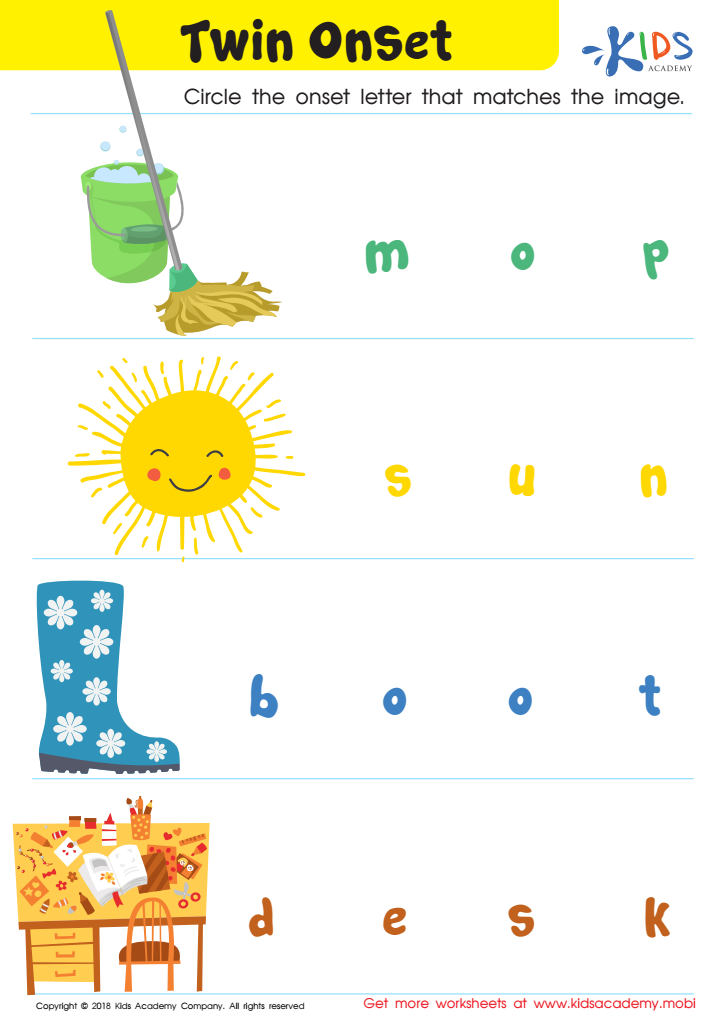

Twin Onset Worksheet
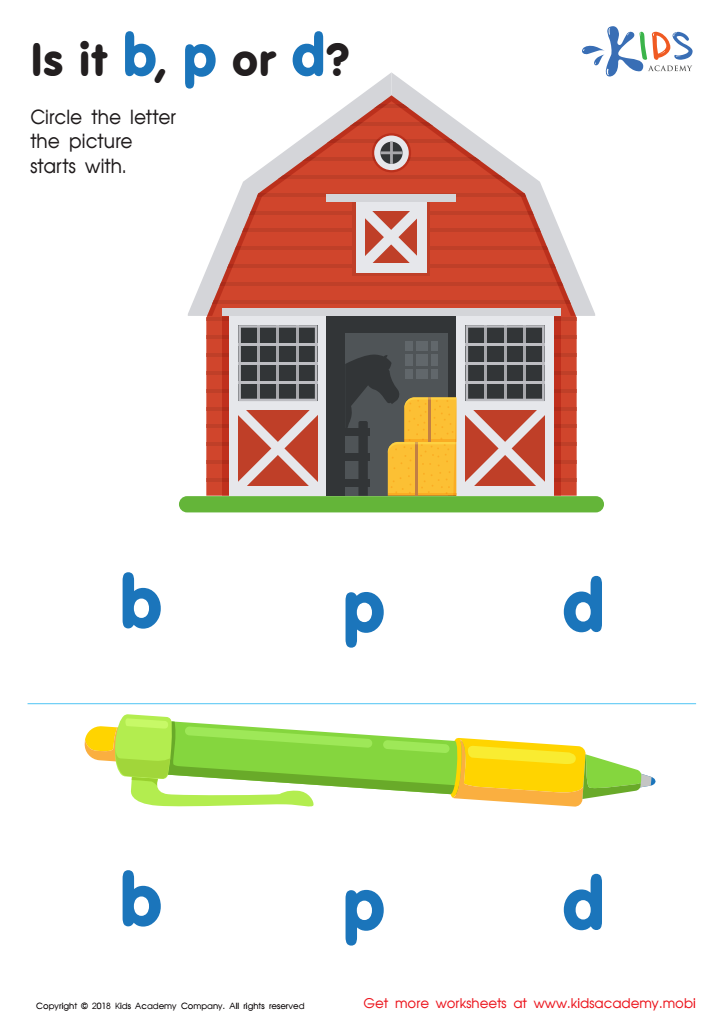

Is it b, p or d? Worksheet


Short Vowel Eggs Worksheet
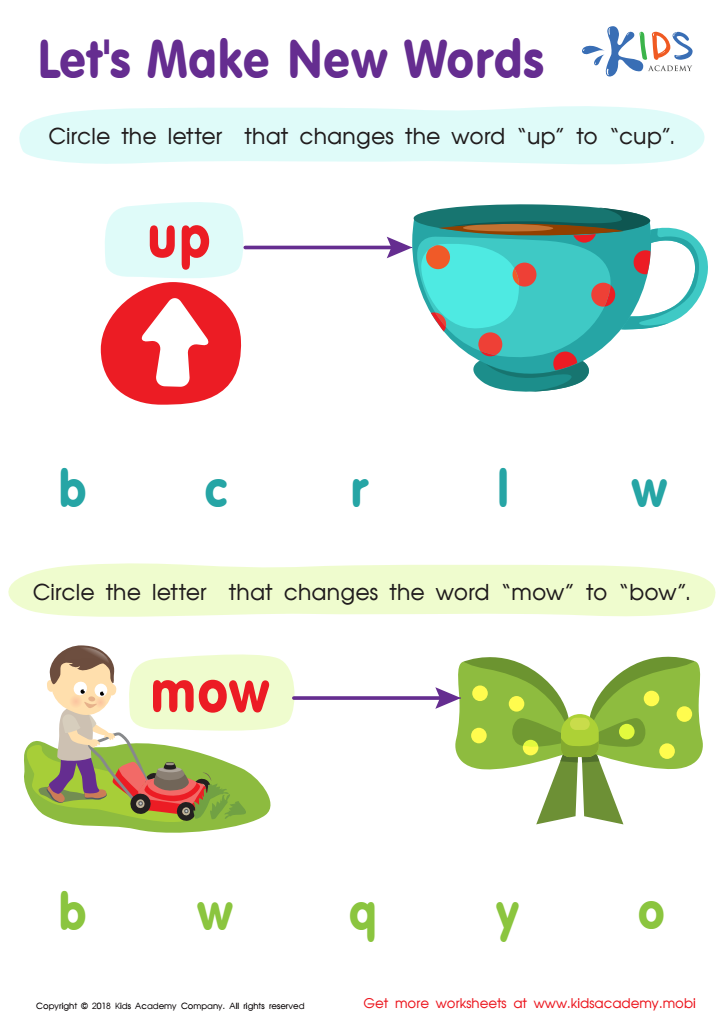

Let's Make New Words Worksheet
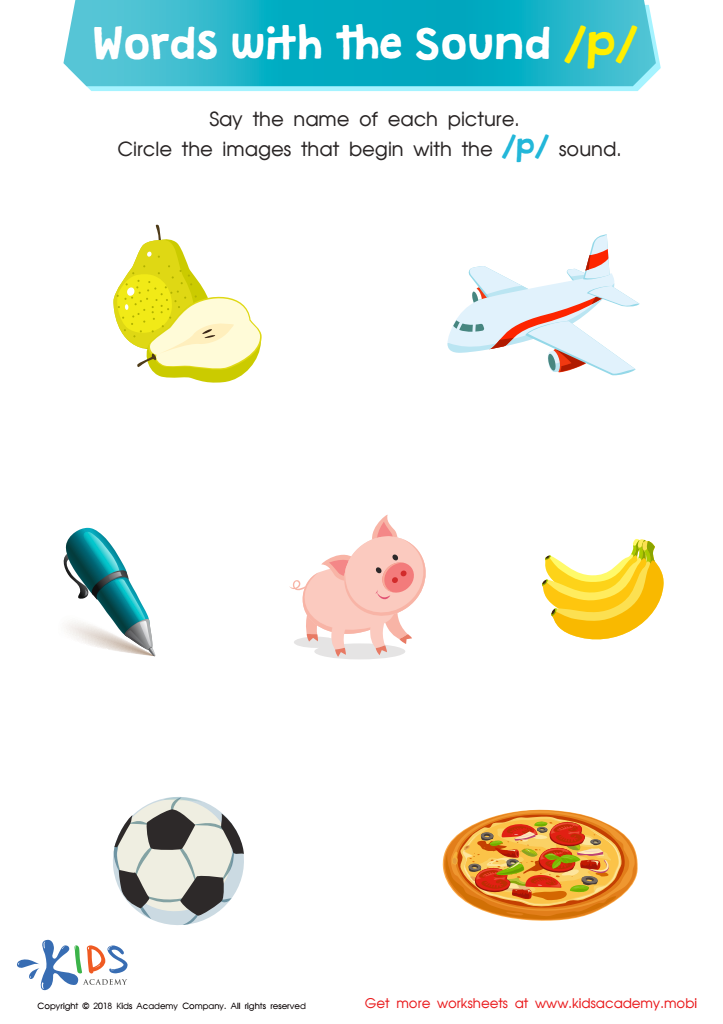

Words with sound p Reading Worksheet
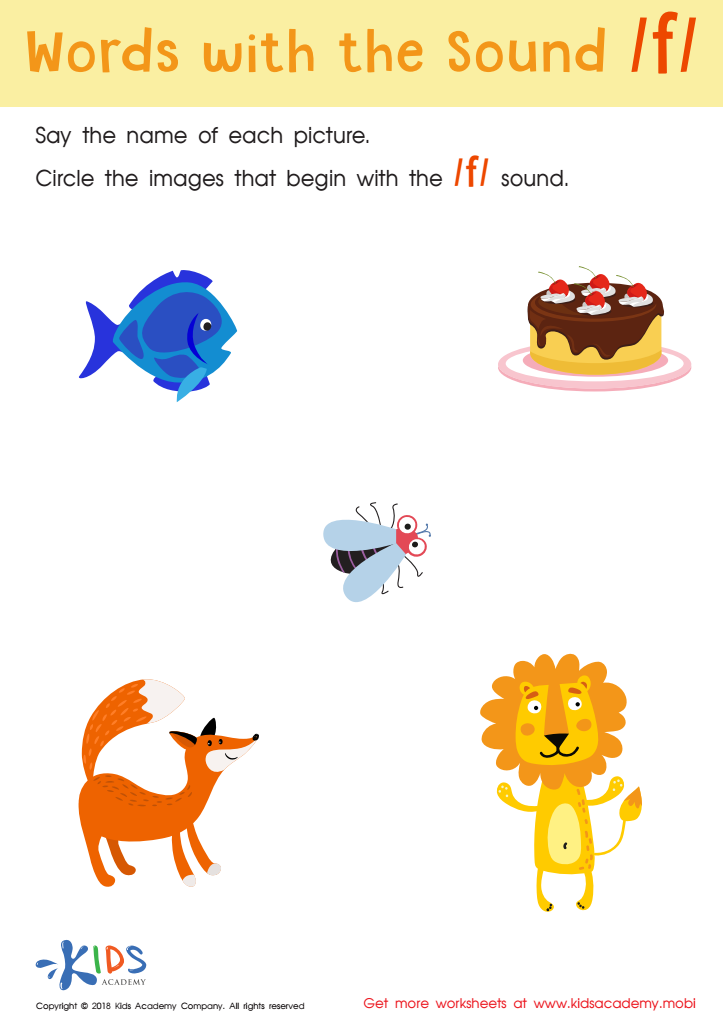

Words with sound f Reading Worksheet


Reading: EA as in Bread Worksheet
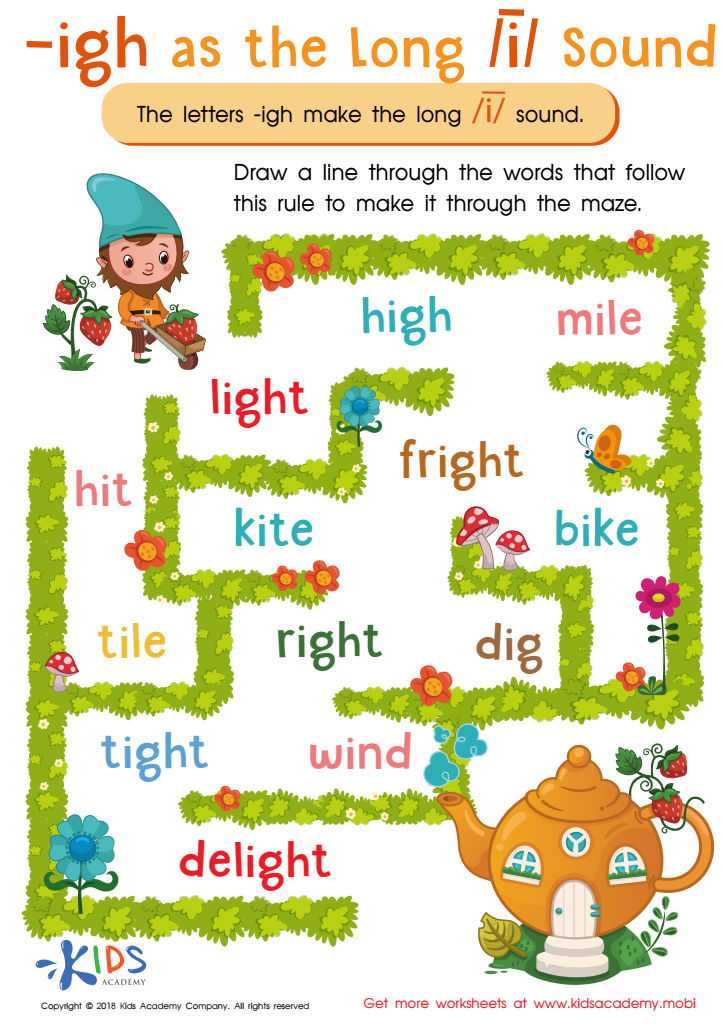

Reading: IGH as Long I Worksheet
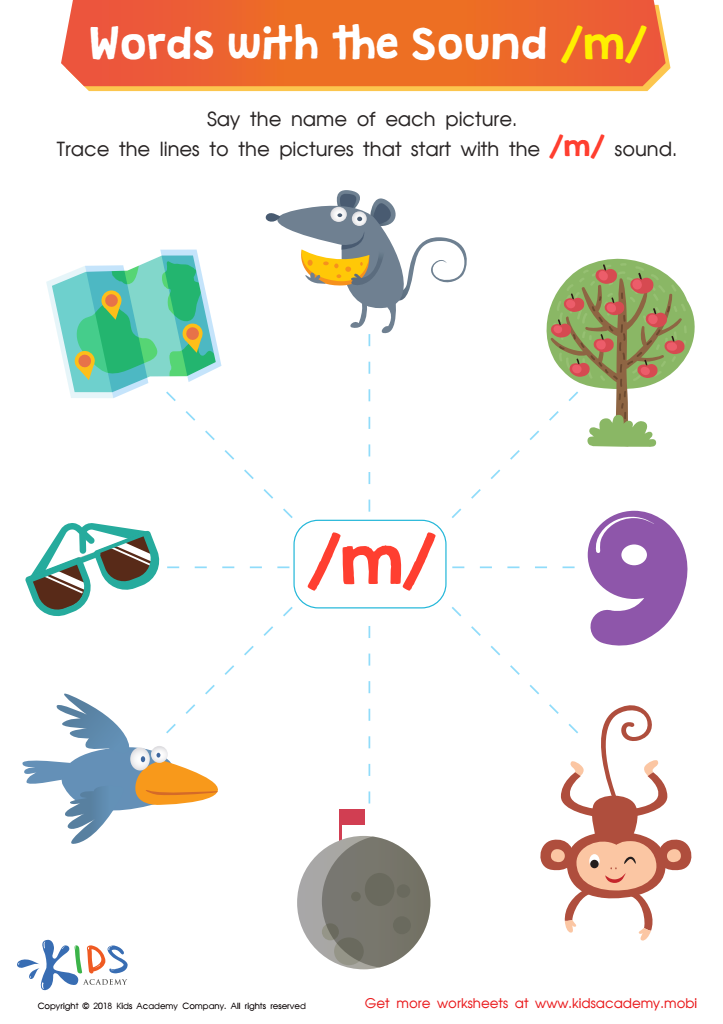

Words with Sound M Reading Worksheet
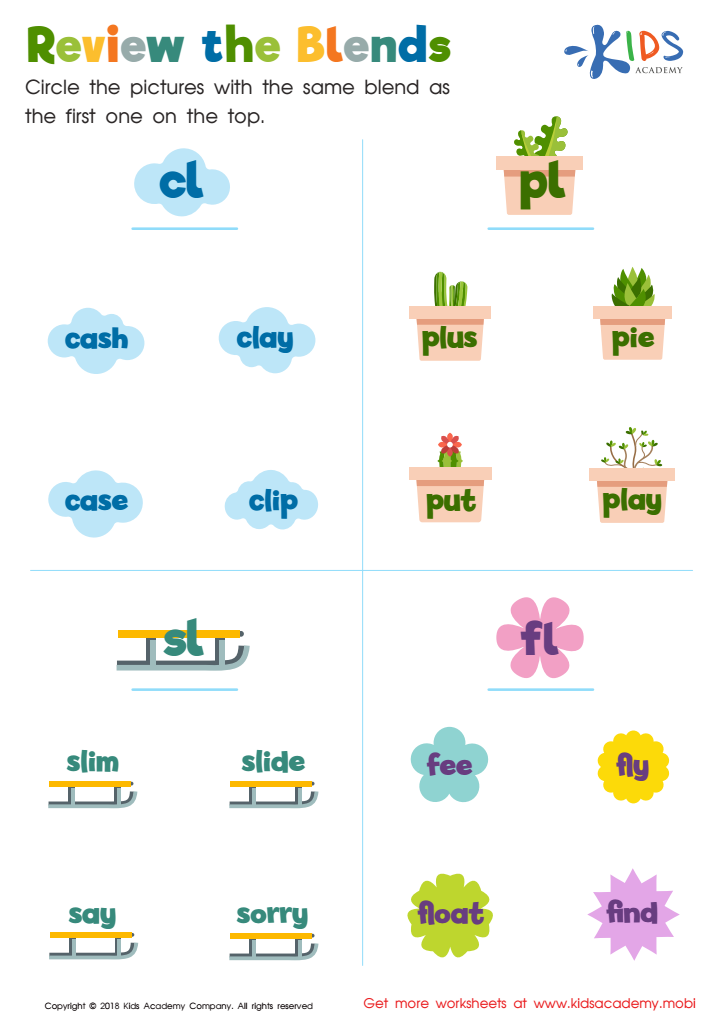

Review the Blends Worksheet
Phonics practice for children ages 4-9 is crucial for their early reading and writing development. During this key period, children are building foundational skills that directly impact their literacy capabilities. Phonics teaches the relationship between letters and their corresponding sounds, enabling young learners to decode unfamiliar words and promote word recognition. This understanding fosters confidence and fluency in reading, paving the way for more advanced literacy skills.
Furthermore, phonics enhances vocabulary and comprehension by helping children sound out words, thereby expanding their ability to engage with various texts. With phonics instruction, children are also equipped to tackle spelling, as they learn how sounds correspond with letter patterns.
For parents and teachers, supporting phonics practice means facilitating positive learning experiences that nurture a love for reading. Early intervention in phonics can prevent later literacy struggles, leading to greater academic success and self-esteem. Investing time in phonics activities, such as interactive games and reading sessions, can instill critical thinking and communication skills that children will leverage throughout their educational journey. By prioritizing phonics, we are laying a strong educational foundation, giving children the tools they need to thrive both in and out of the classroom.

 Assign to My Students
Assign to My Students





















